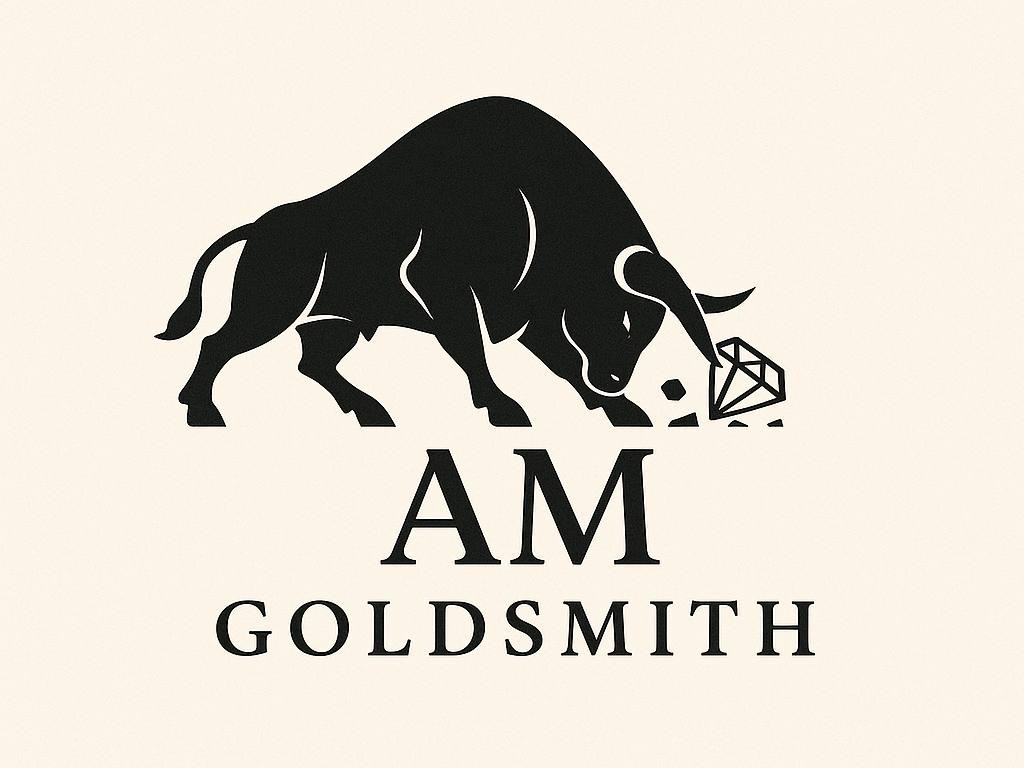Pet insurance in Canada is not required by law, but rising veterinary costs, which have increased by 20% over the past five years, and the reality that only 3% of Canadian pet owners have insurance, create a paradox: those who need protection the most are the ones who use it the least. Understanding this dilemma is especially important for Ukrainian immigrants who are adapting to the Canadian animal health care system and financial planning.
Legal regulation: voluntary with responsibility
In Canada, pet insurance remains a voluntary choice for owners. The federal government does not require pet owners to have insurance, viewing it as a personal financial strategy to protect against unexpected expenses. However, there are important legal nuances to consider.
Although insurance is not mandatory, provincial laws, such as Ontario's Provincial Animal Welfare Services (PAWS) Act, require owners to provide adequate veterinary care for their animals. This means that even without insurance, owners are legally responsible for providing necessary medical care for their pets, including expensive procedures in emergency situations.
Insurance companies are regulated at the provincial level. Insurers are required to disclose basic information about coverage, including reimbursement terms, pre-existing condition limitations, waiting periods, deductibles, and annual or lifetime policy limits.
The economic reality: rising veterinary costs
Scale of the problem
The cost of veterinary care in Canada has risen dramatically since the COVID-19 pandemic. According to the Canadian Veterinary Medical Association (CVMA), the annual increase in costs is 6-8%, which significantly exceeds normal inflation expectations.
The main factors driving price increases include:
- Shortage of veterinary professionals: Canada will experience a shortage of veterinarians until at least 2031, with 5,000 open positions and only 4,300 qualified professionals.
- Corporatization of the veterinary industry: Over 50% of emergency and specialty hospitals and more than 20% of general veterinary practices are owned by six corporations.
- Rising cost of medical supplies: Disposable medical supplies have doubled in price compared to pre-pandemic prices.
Specific costs in Calgary
Analyzing data from Calgary resident forums and veterinary clinic reports, we can identify typical costs for emergency veterinary care:
Standard emergency costs:
-
Emergency veterinary clinic consultation: $90–$200
-
X-ray examination: $100–$500
-
Blood tests: $90–$400
-
Full day treatment: $2,200 (without oxygen therapy)
 Your trusted real estate agent in Calgary — Anna Hohol
Your trusted real estate agent in Calgary — Anna Hohol -
Oxygen therapy: additional $700 per day
Real examples from Calgary:
-
Treatment of a deep cut with stitches: $780
-
Bone removal from a dog's jaw (overnight surgery): $500–600
-
Emergency treatment for cats: $700–1200 per visit
Insurance industry: coverage and limitations
Market structure
The Canadian pet insurance market is represented by about 25 companies, but only 3% of pet owners use insurance services, which is the lowest rate among developed countries (for comparison, in the UK this figure is 25%).
Types of coverage and cost
Main categories of policies:
- Accident-Only: covers only injuries from accidents
- Accident & Illness: includes treatment of illnesses and injuries
- Comprehensive Plans: the most comprehensive package with additional services
Average insurance cost in Canada (2025):
- Dogs: $50/month (basic coverage $28-38, premium $75-220)
- Cats: $30/month (basic coverage $16-32, premium $40-150)
In Alberta:
- Dogs: $49/month
- Cats: $33.51/month
Reimbursement terms
Most Canadian insurance companies operate on a reimbursement model:
- The owner pays the veterinary bill in full
- Submits a claim for reimbursement with all supporting documents
- Receives a refund of 70-90% of covered expenses after deducting the deductible The process usually takes from a few days to two weeks
Problematic aspects of insurance
Exclusions and limitations
Standard exclusions:
-
Pre-existing conditions (diagnosed before the policy took effect)
-
Routine care (vaccinations, annual checkups)
 Astropsychologist
Astropsychologist -
Cosmetic procedures
-
Spaying/neutering (unless included in an additional package)
-
Behavioral problems
Difficulties with reimbursement
A case in point from British Columbia: the owner of an Akita dog paid $4,200 for treatment of a torn ligament, but Canada's largest insurance company, Petsecure refused to reimburse her, citing a clause prohibiting coverage for injuries sustained while “jumping, running, sliding, tripping, or playing” — essentially, “a dog cannot be a dog.”
Other problematic conditions include:
- Requirement for personal testimony of the accident by the owner
- Denial of coverage due to “arthritis and degenerative joint problems” even in the absence of medical evidence
Tax considerations
General rules
Pet insurance in Canada is generally not tax deductible, as the Canada Revenue Agency (CRA) considers pet expenses to be personal expenses.
Exceptions for tax deductions
Medical exceptions:
Expenses for specially trained service animals may qualify as medical expenses under the Medical Expense Tax Credit (METC) for individuals with:
-
Blindness
-
Profound deafness
-
Severe physical disability
-
Autism or epilepsy
 AM Goldsmith
AM Goldsmith -
Severe diabetes
Farming exceptions:
Farmers can deduct livestock expenses as business expenses, including feed, veterinary services, medication, and insurance.
Demographic trends and owner behavior
Pet ownership statistics (Canada, 2025):
-
60% of households have at least one dog or cat
-
7.9 million dogs and 8.5 million cats
-
Total pet population: 28.51 million (2025 forecast)
-
Only 3% of animals are insured
Financial behavior
Annual owner spending (2022):
- Dogs: $3,999 (including $1,500 for veterinary services)
- Cats: $2,800 (including $1,290 for veterinary services) 80% of owners would not be able to pay a $5,000 bill
Advantages and disadvantages of insurance
Advantages
- Financial protection: coverage of up to 90% of veterinary bills after deductible
- Protection against catastrophic expenses (highest reimbursement in 2020: $71,603)
- Ability to choose treatment based on medical needs rather than financial ability
Additional benefits:
- Coverage for specialized treatment (oncology, cardiology, orthopedics)
- Alternative therapies (acupuncture, physical therapy)
- Coverage for breed-specific conditions
Disadvantages
- High monthly premiums (especially for older animals)
- Deductibles and co-insurance reduce actual reimbursement
- Exclusions for pre-existing conditions
Operational challenges:
-
Need to pay all bills upfront
-
Bureaucratic application procedures
 Ukrainian Mechanic
Ukrainian Mechanic -
Potential denial of reimbursement due to technical wording
Alternatives to insurance
Savings strategies
-
Pet Emergency Fund: a special savings account with contributions of $30-50/month
-
Credit lines: treatment financing programs at veterinary clinics
Preventive measures
- Regular checkups
- Vaccinations
- Dental care
Recommendations for Ukrainian immigrants
Decision-making factors
Insurance is advisable if:
- You have a purebred animal prone to specific diseases
- Your financial situation does not allow you to cover emergency expenses of $3,000-5,000
- You plan to keep your pet for a long time
- Your pet is young and has no health problems
Insurance may not be advisable if:
- You can accumulate an emergency fund on your own
- The animal is elderly and has existing health problems
- You are willing to accept the risk of high expenses
- Premiums are too high for your budget
Practical tips
When choosing insurance:
- Read the policy terms and conditions, especially the exclusions
- Compare offers from different companies
- Consider deductibles and co-insurance
- Check the insurer's reputation
- Consider insurance for young animals for lower premiums
Alternative strategies:
- Create a pet emergency fund
- Clinic credit programs
- Invest in preventive care
- Choose clinics with transparent pricing
Conclusion: a personalized approach
There is no universal answer to the question of whether pet insurance is necessary in Canada.
The choice depends on:
- Financial capabilities
- Type and age of the animal
- Risk tolerance
- Understanding of alternative strategies
It is important for Ukrainian immigrants to consider the high cost of veterinary care in Canada.
Key rule: if you cannot afford a sudden expense of $3,000–5,000 without harming your budget, you should consider insurance.
The most important thing is to make an informed decision, understanding the advantages and limitations of each option.